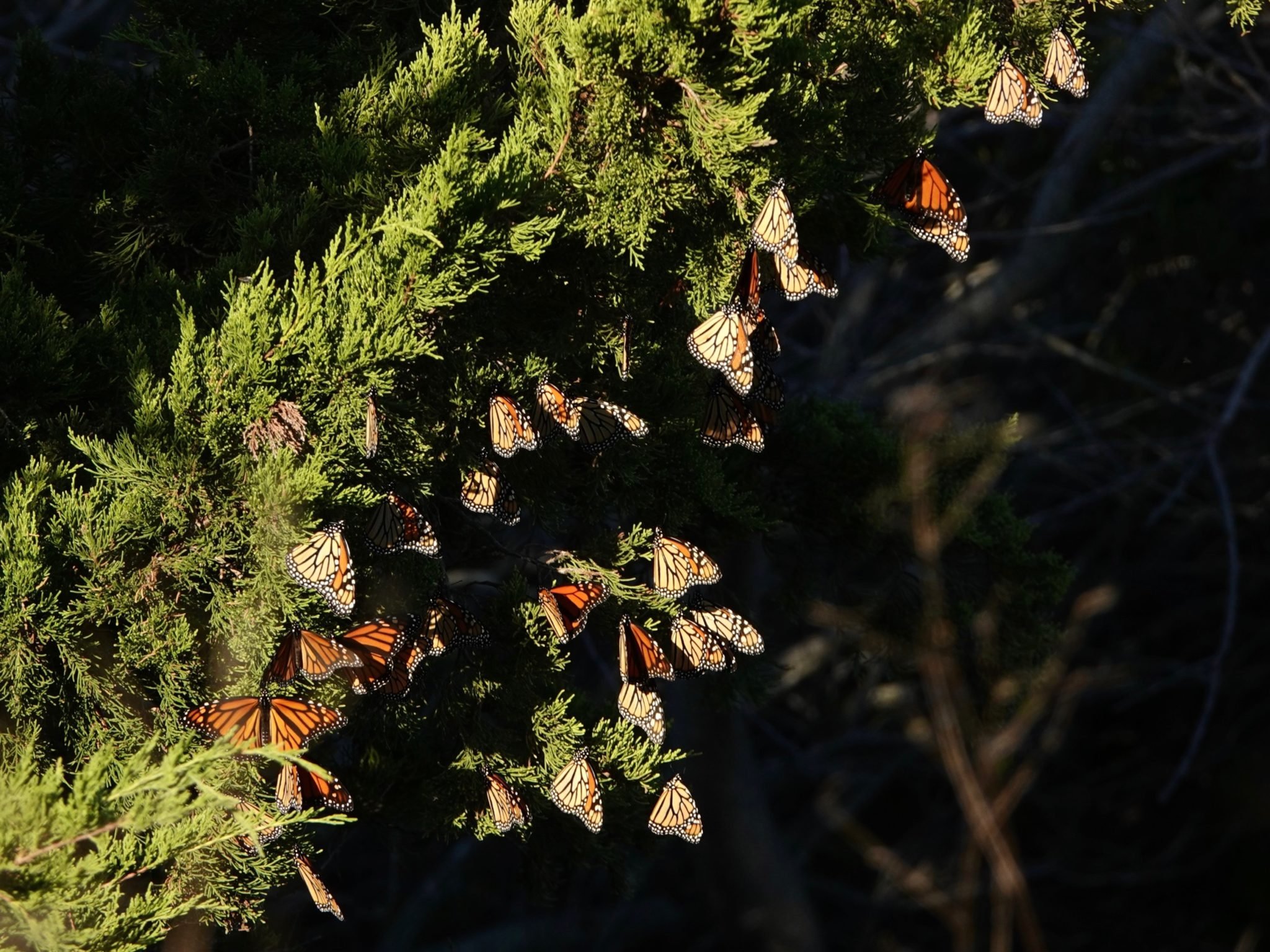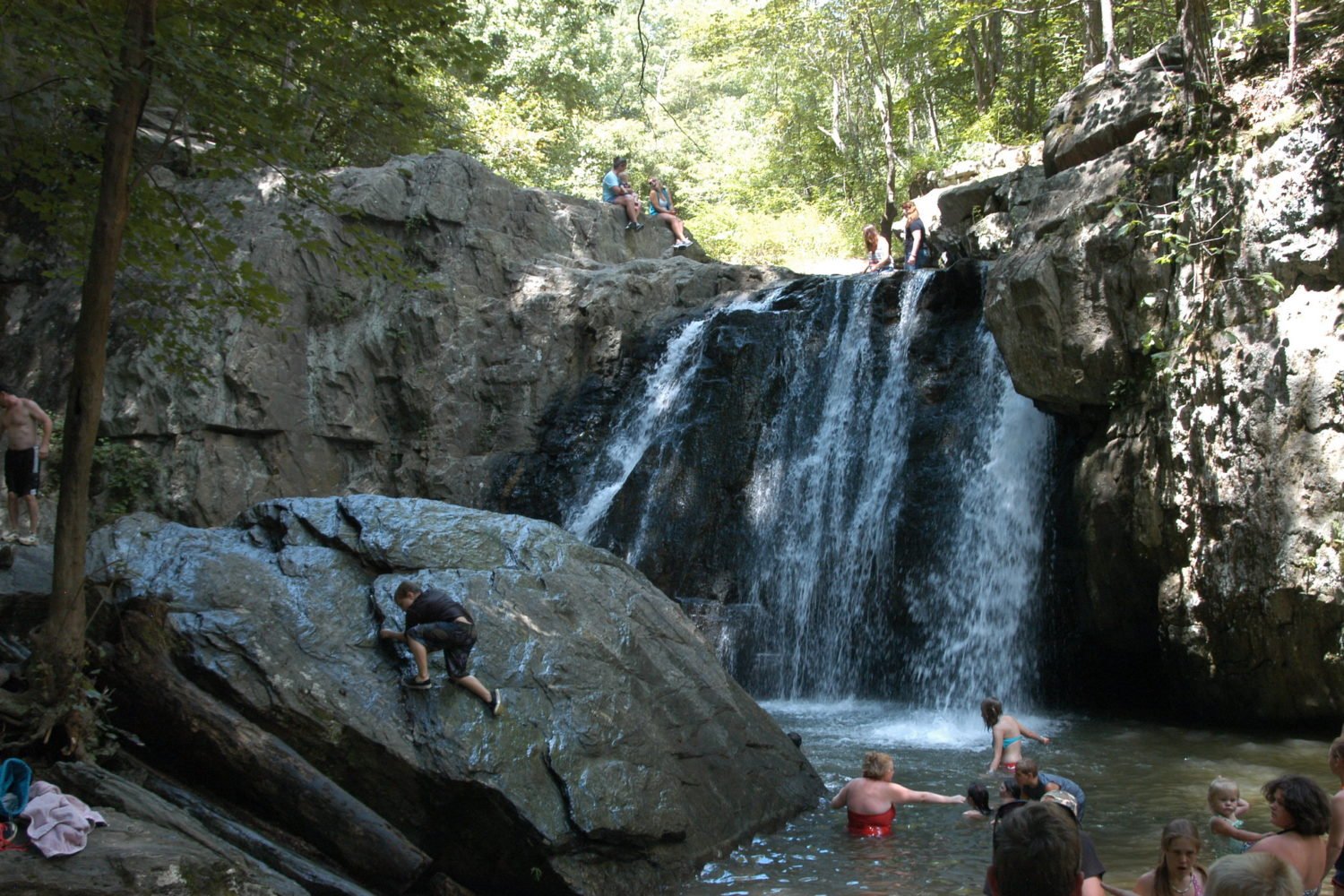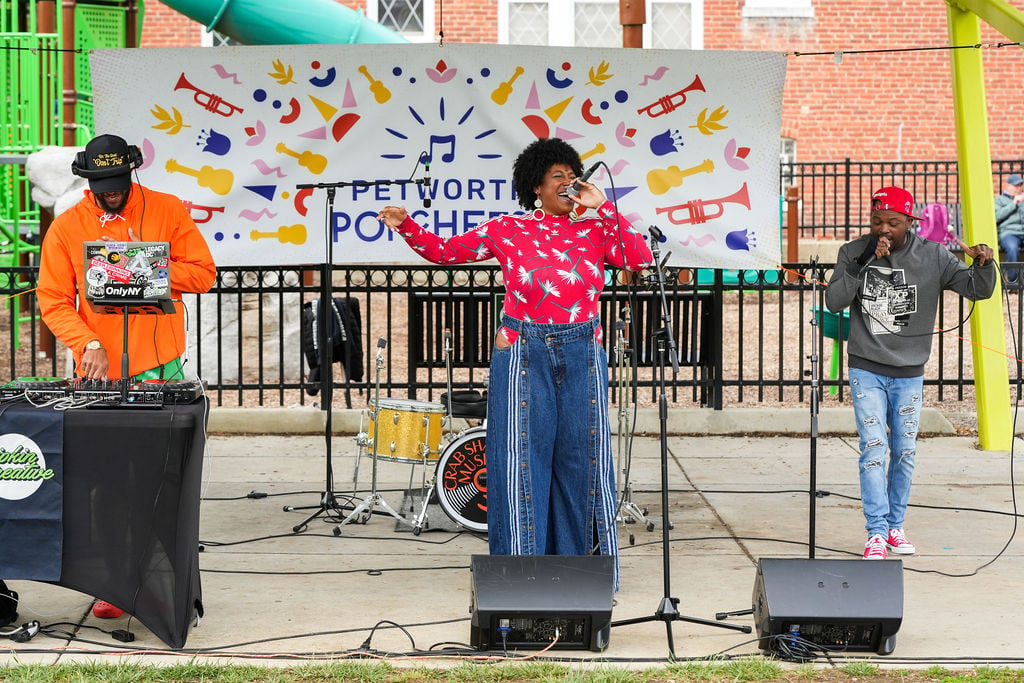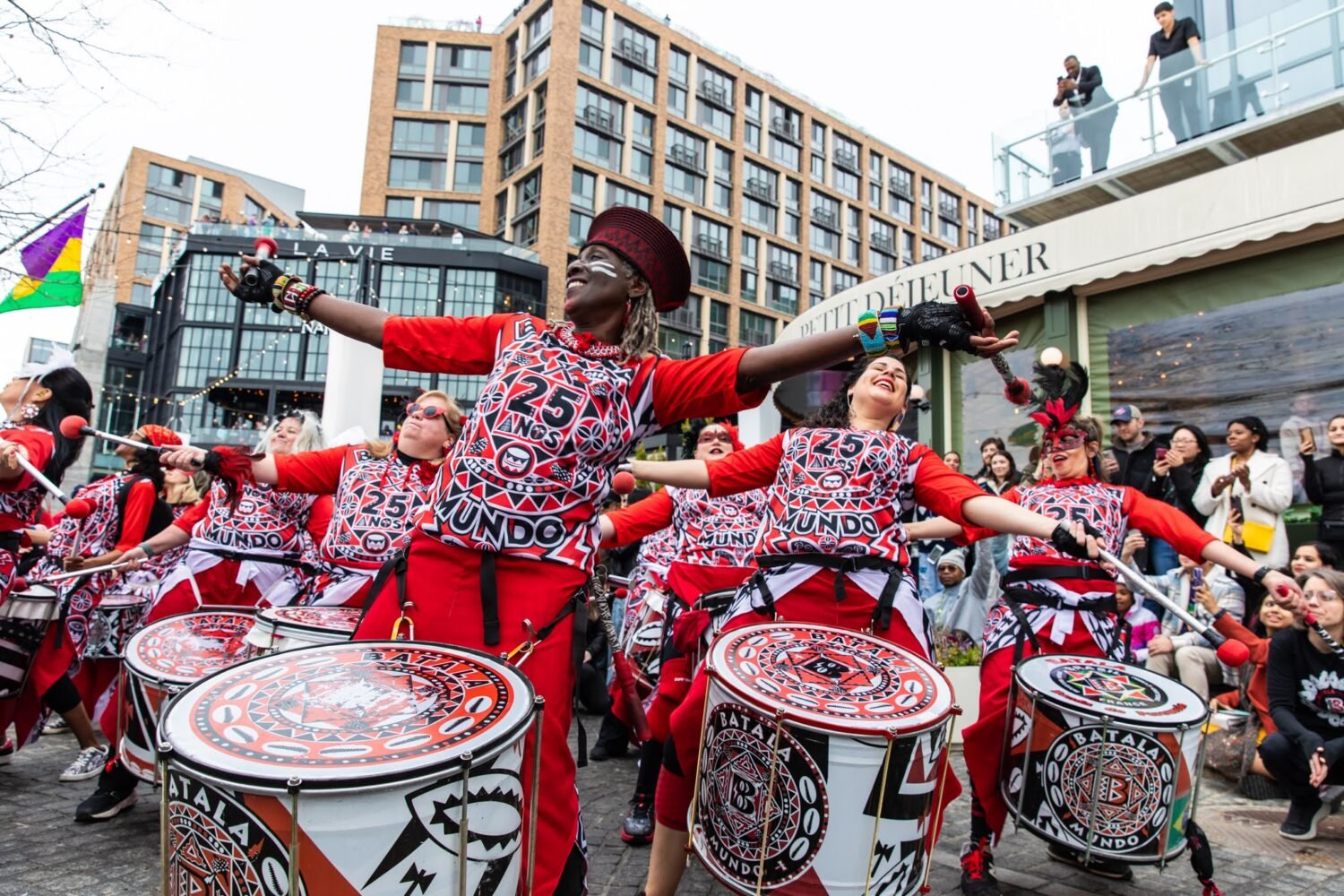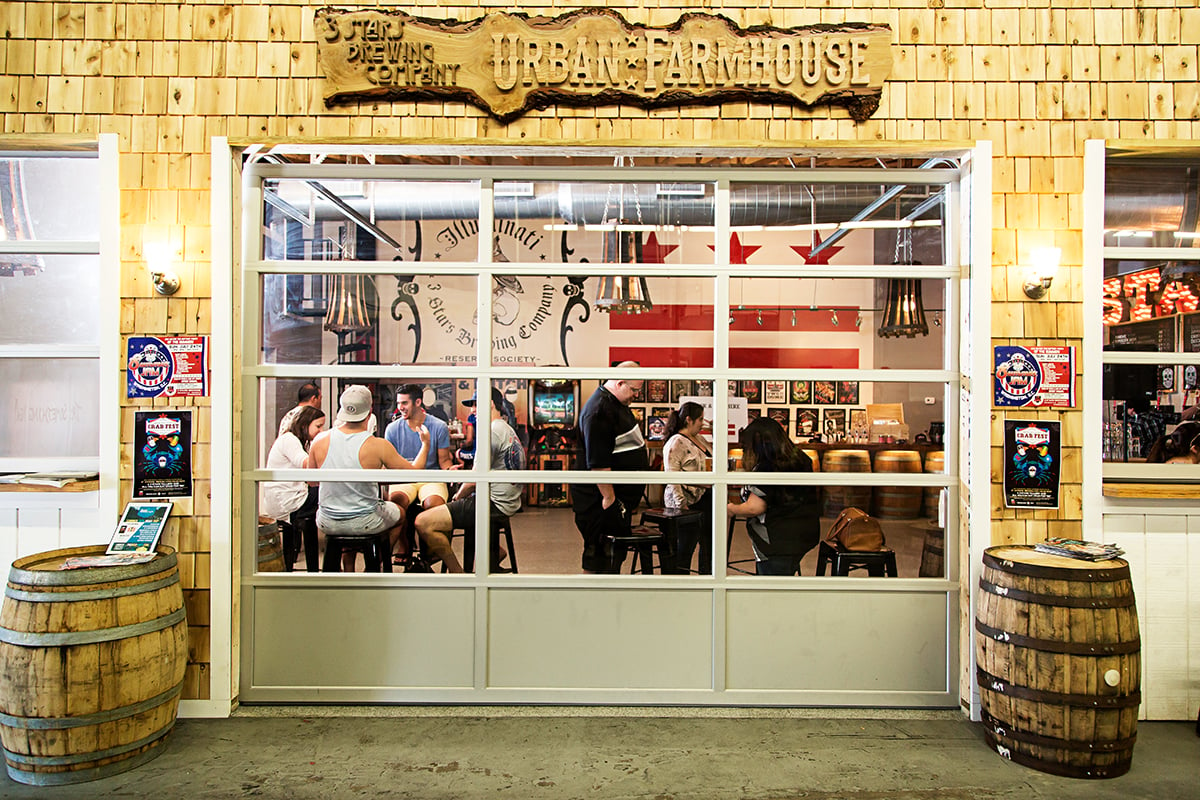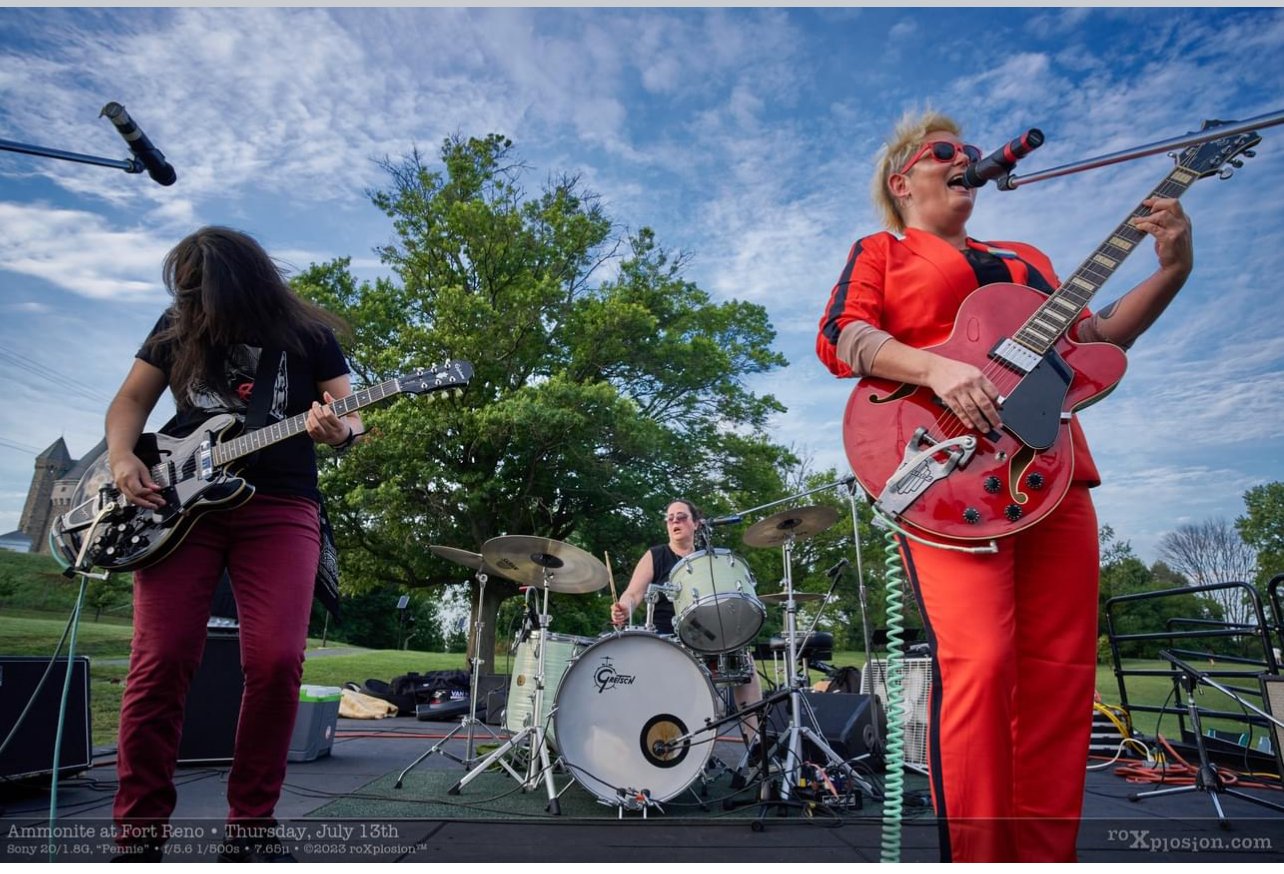Butterflies may seem delicate. But should you spot a distinctive orange-and-black monarch butterfly this fall, know this: That tiny insect is in the middle of a journey that could take up to two months and cover 3,000 miles en route from northern climes to Mexico for the winter.
And all we have to do to appreciate the annual pilgrimage is head outside. In the Mid-Atlantic, the peak time to see monarchs migrating south tends to be mid-September into mid-October.
Monarchs could alight in any garden. In autumn they’re partial to nectar-rich plants such as goldenrod and aster versus milkweed, which they need earlier in the year for laying eggs. But there are some places where—depending on sunshine, wind, and other fickle elements under Mother Nature’s control—you might see a good number at once.
“Some days there are clouds of them, and other days you get excited if you get ten or 12,” says Nancy Barnhart, coordinator of the monarch migration program for the Coastal Virginia Wildlife Observatory. “The nice thing is it’s a bit of a hunt.”
Go: For the Day—or Longer
You’ll likely see more monarchs if you take a day or overnight trip to a coastal region—butterflies passing through the Mid-Atlantic tend to be more numerous there.
“Some of the best places are southbound peninsulae and the southern end of barrier islands,” says Mark Garland, director of the New Jersey Audubon Cape May Bird Observatory Monarch Monitoring Project. “Where the width of the land tapers, becoming more narrow, the butterflies are concentrated into smaller areas, and when the land ends and there’s water ahead, often many will stop to rest and refuel.”
Good spots to try, Garland says, include Cape May Point; Chincoteague National Wildlife Refuge; Point Lookout State Park, where the Potomac River enters the Chesapeake Bay in Maryland; and the southern tip of Kent Island. In Cape Charles, Virginia, Kiptopeke State Park—where you can camp as well as see migrating hawks in fall—and the Eastern Shore of Virginia National Wildlife Refuge are two places to explore.
Go: For a Few Hours
Closer to home, monarchs may not be as dense, but they still can be spotted in open areas with late-summer flowering plants—such as the National Arboretum; Kenilworth Park & Aquatic Gardens; Rust Sanctuary in Leesburg and Woodend Sanctuary in Chevy Chase, both run by the Audubon Naturalist Society; the Smithsonian Garden outside the Hirshhorn Museum; the gardens at George Washington’s Mount Vernon; and Green Spring Gardens in Alexandria. A project called Monarchs in the Rough works with golf courses to plant butterfly habits. Among the many local participants is the University of Maryland Golf Course.
More good news: “Unlike birds, you don’t have to get up early to see monarchs,” says Alison Pearce of the Audubon Naturalist Society. “They’re active during the day.”

